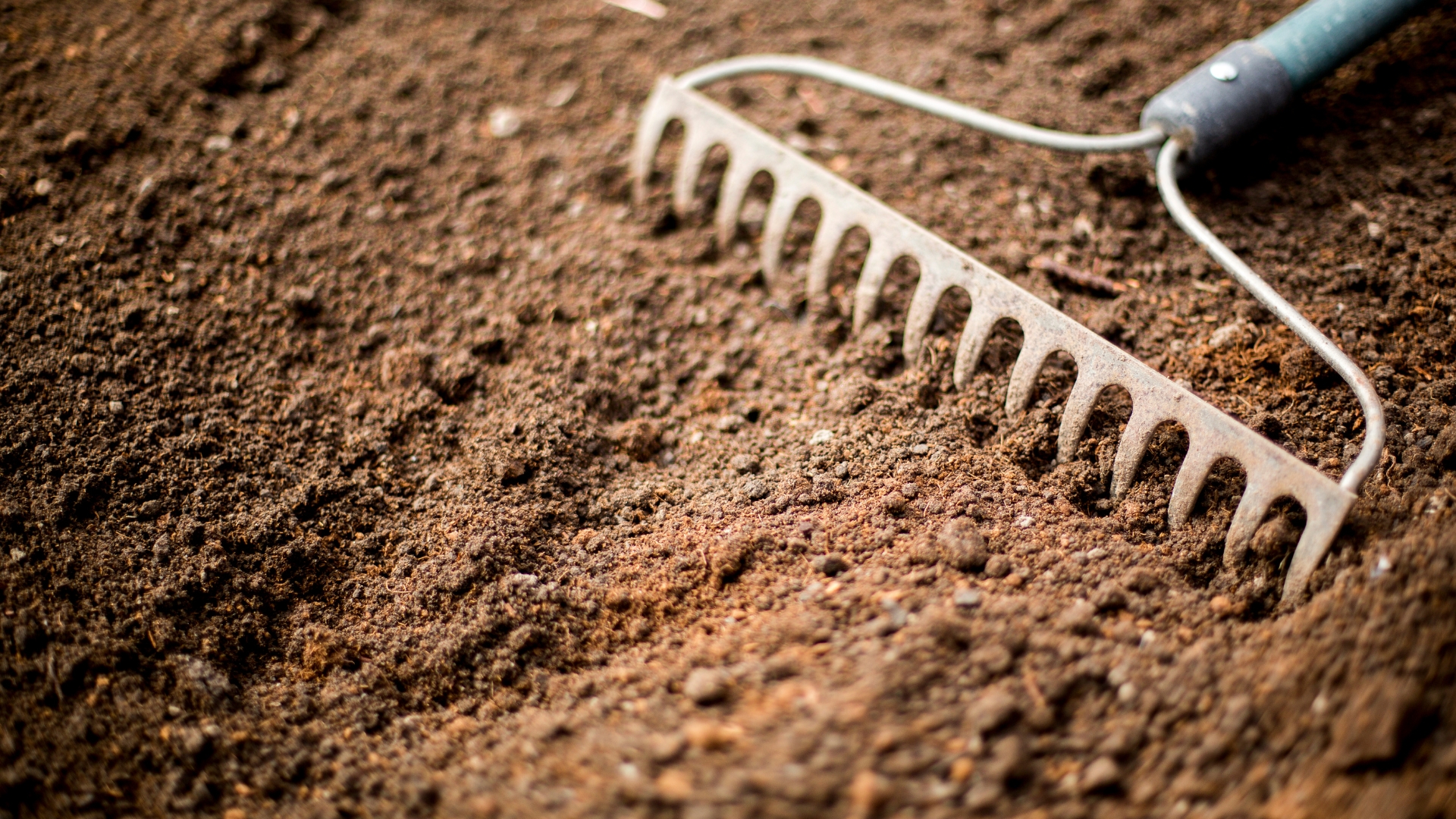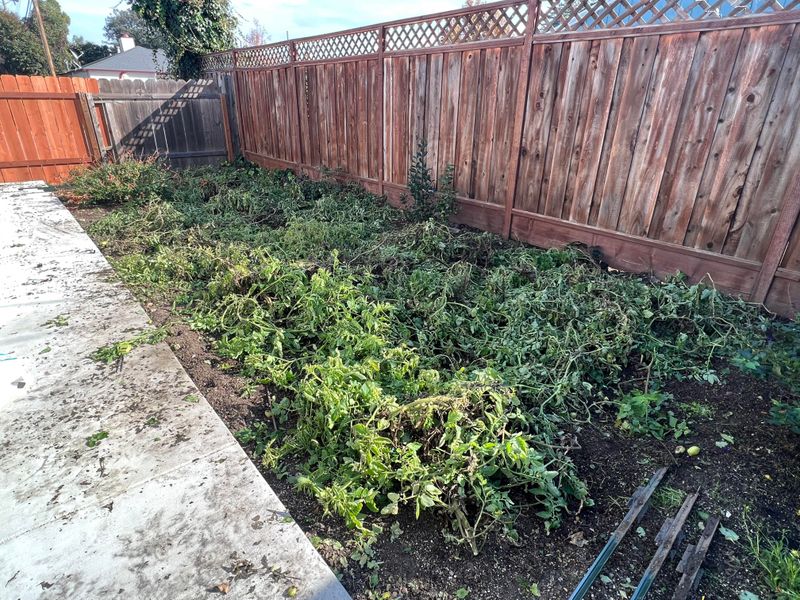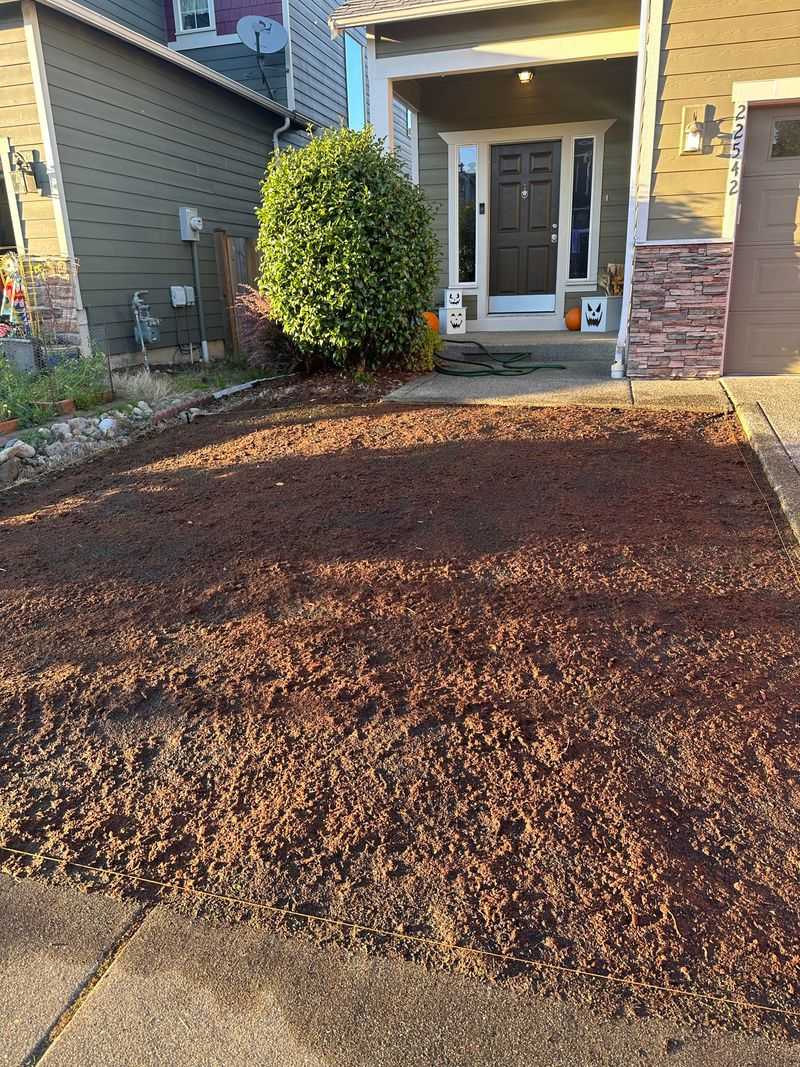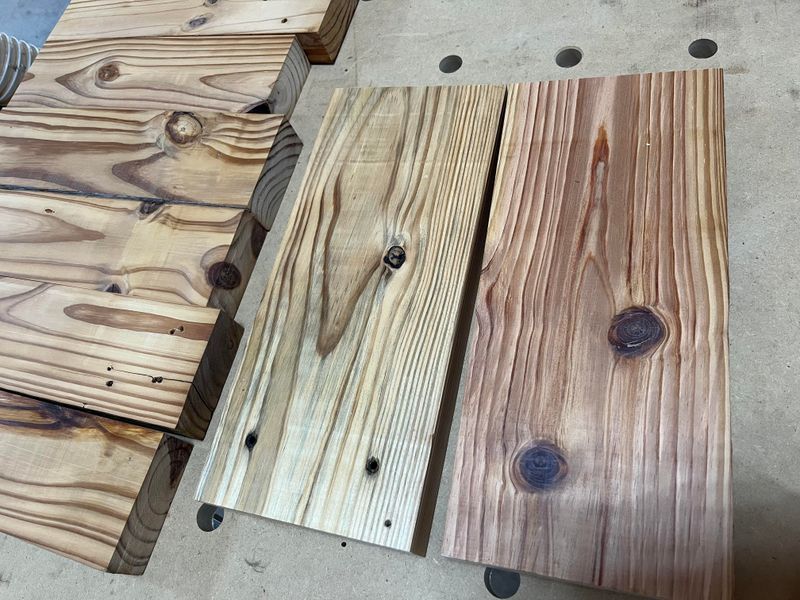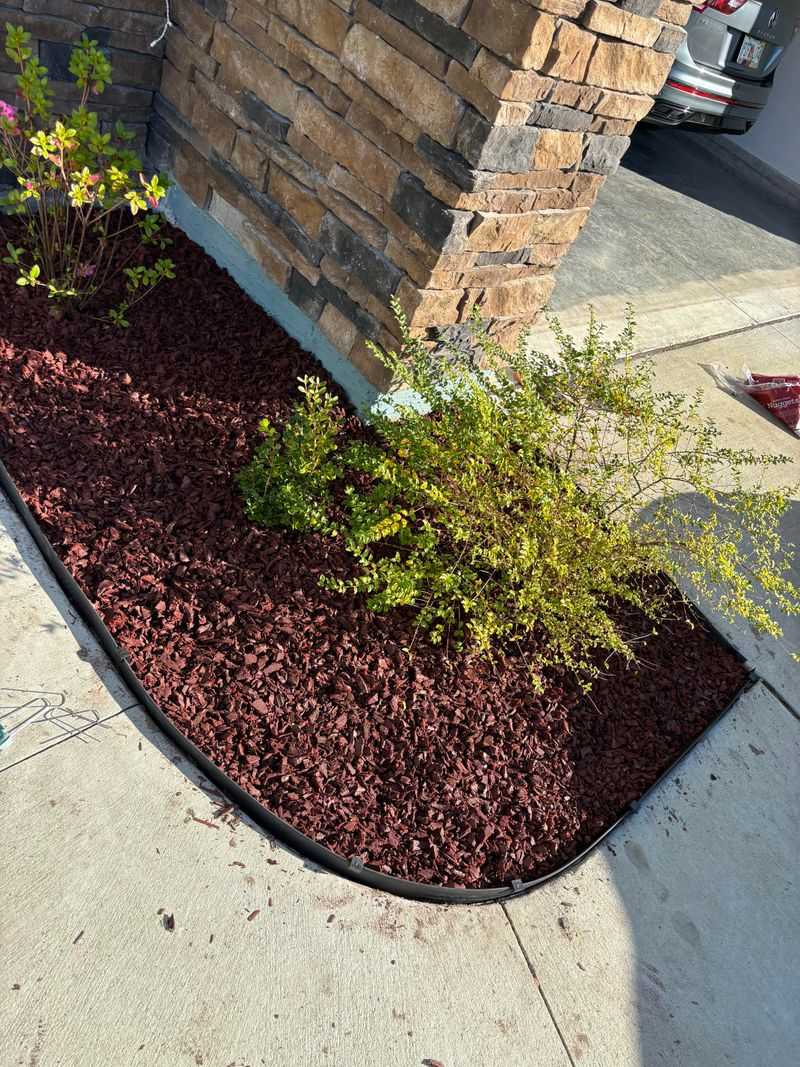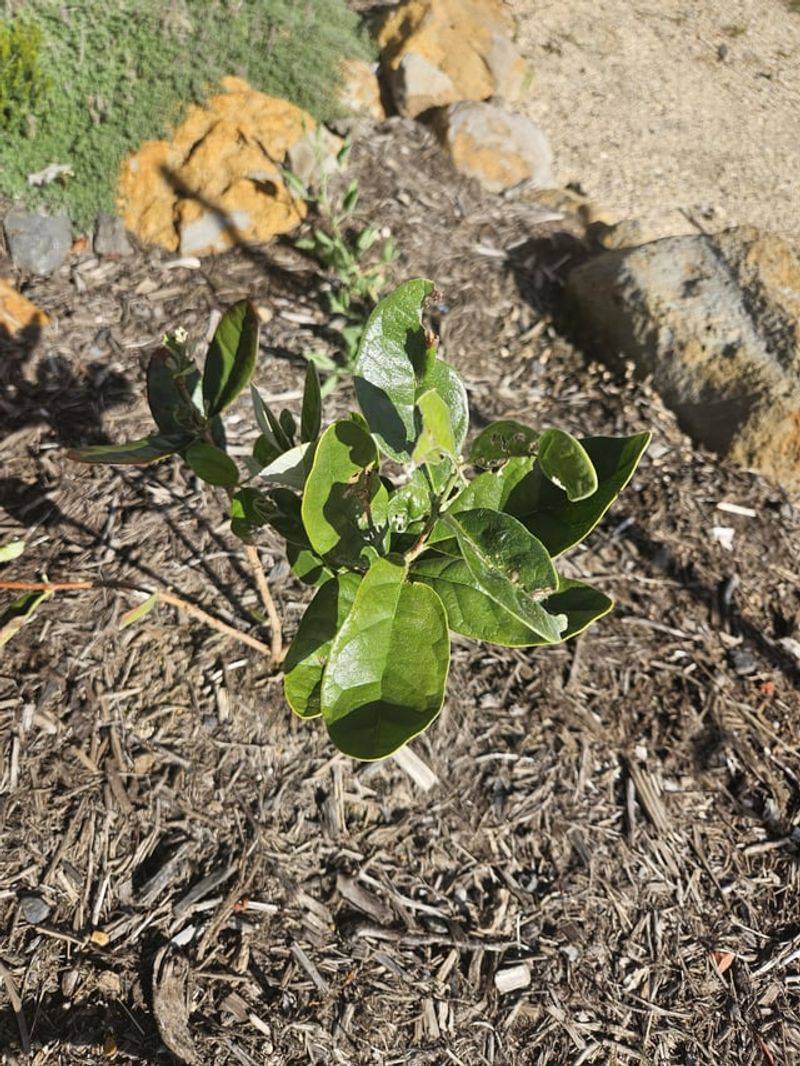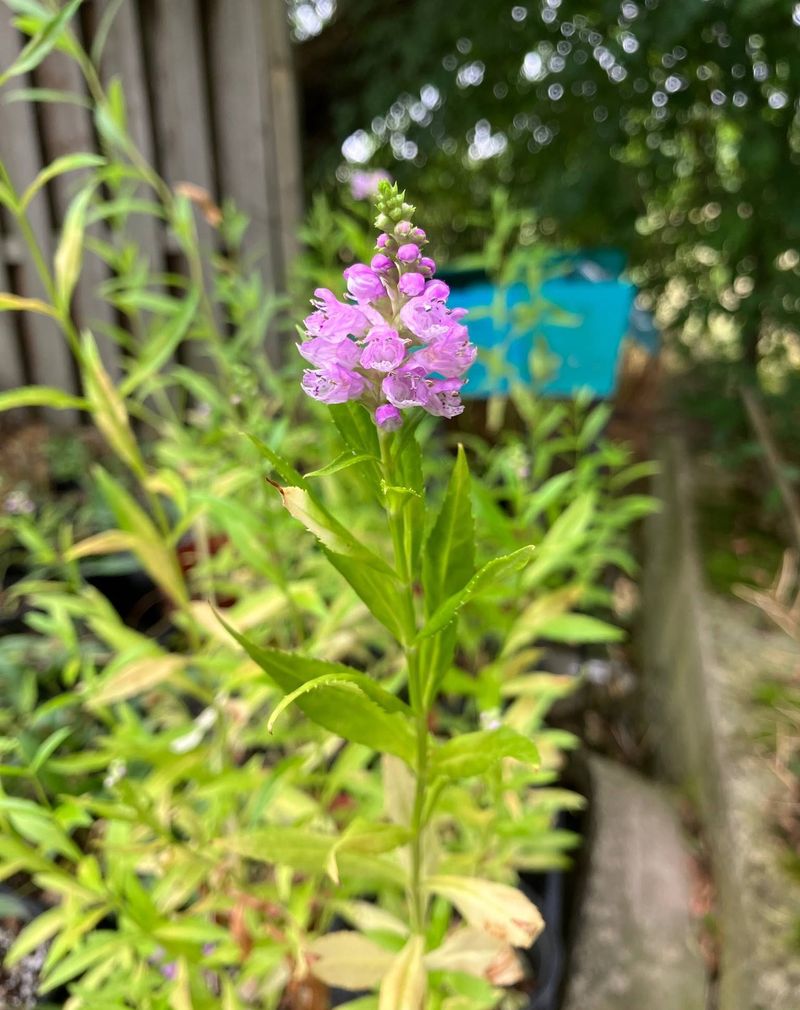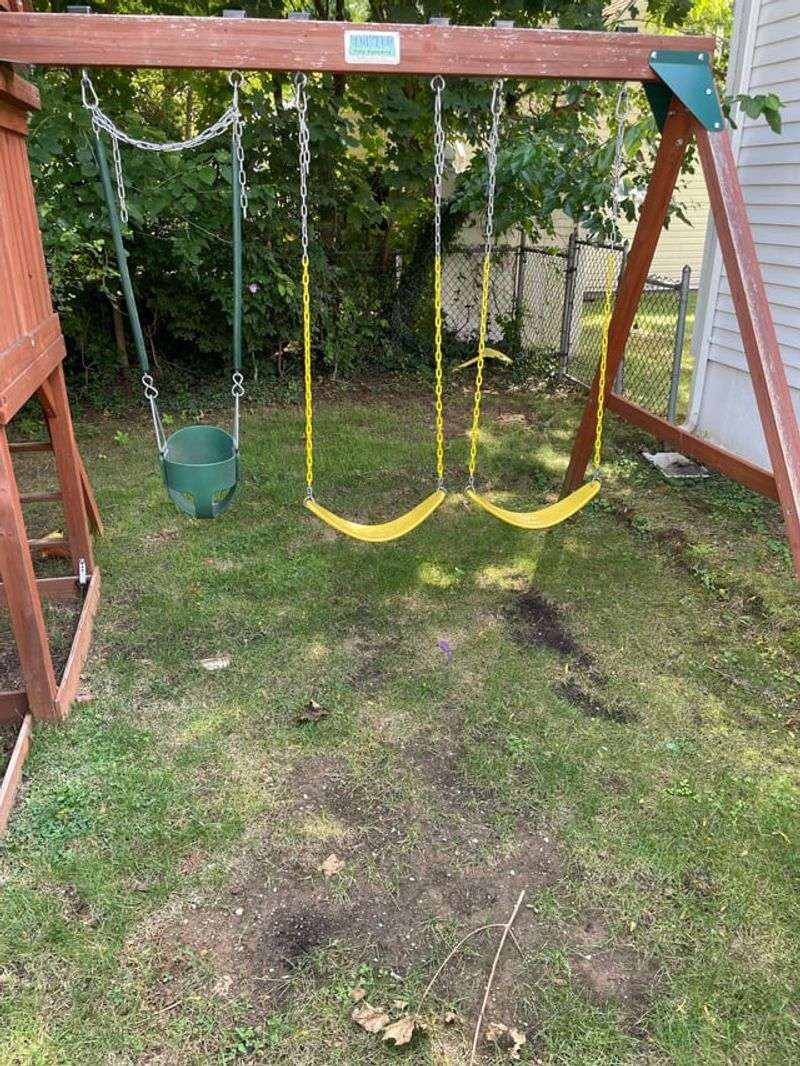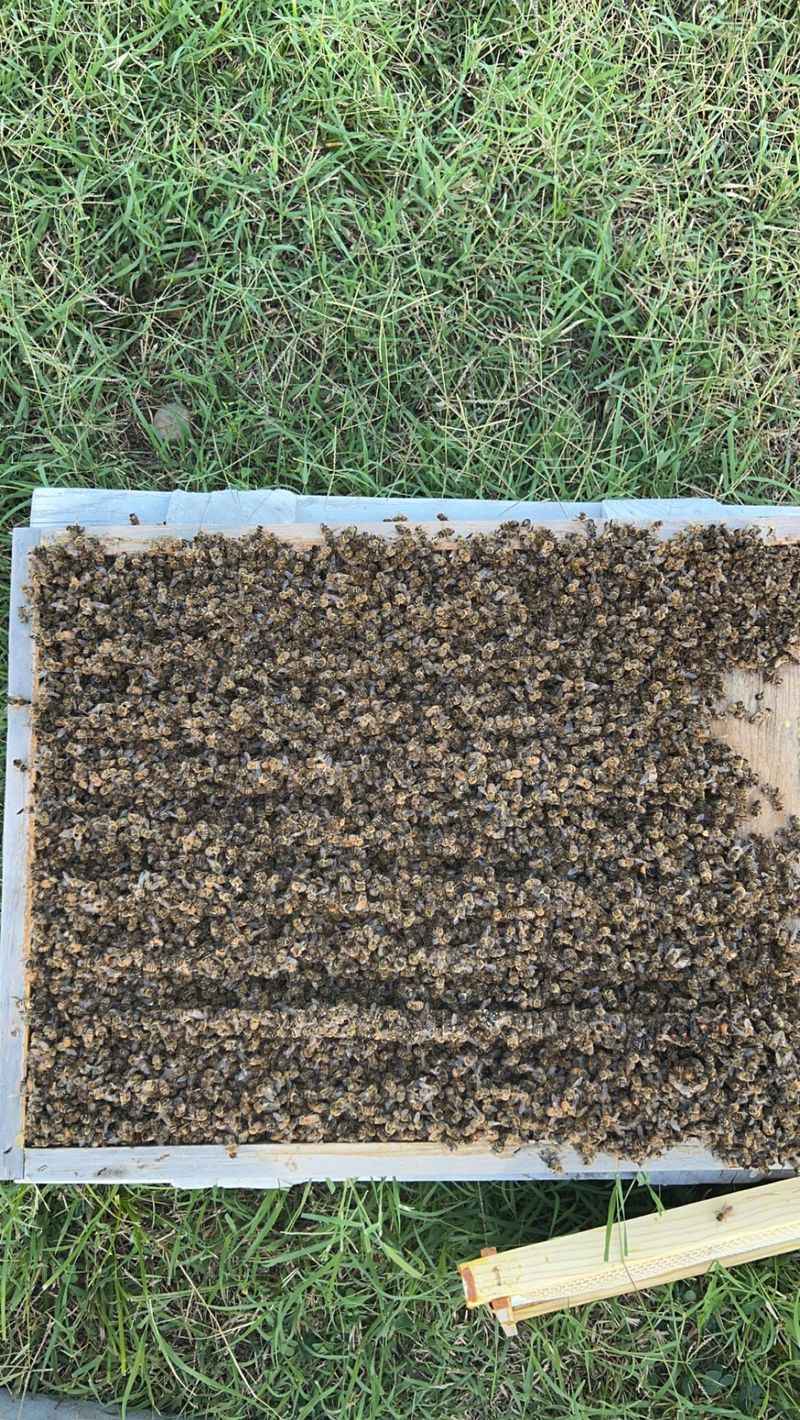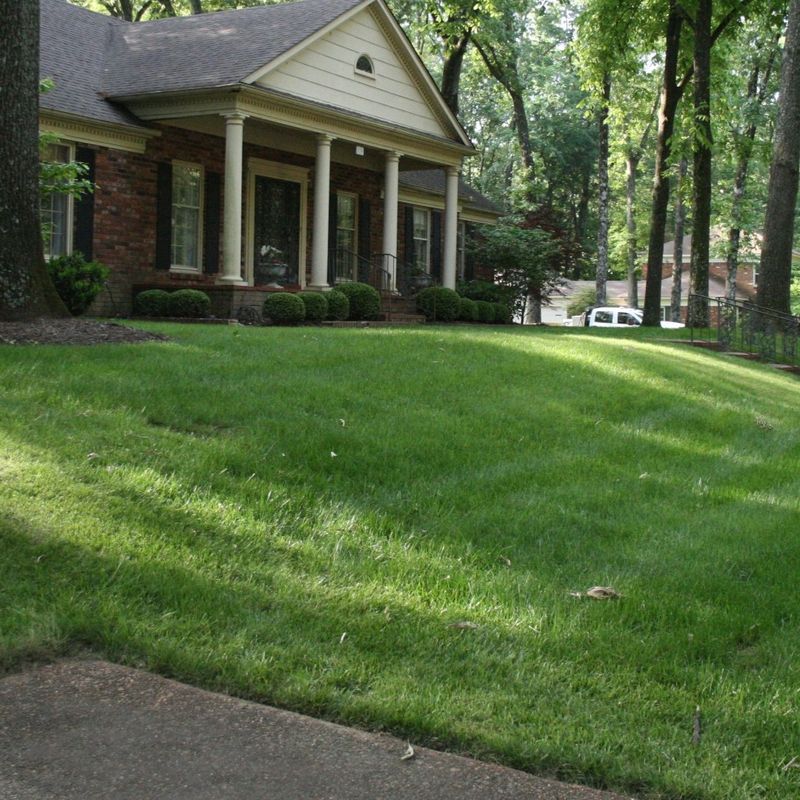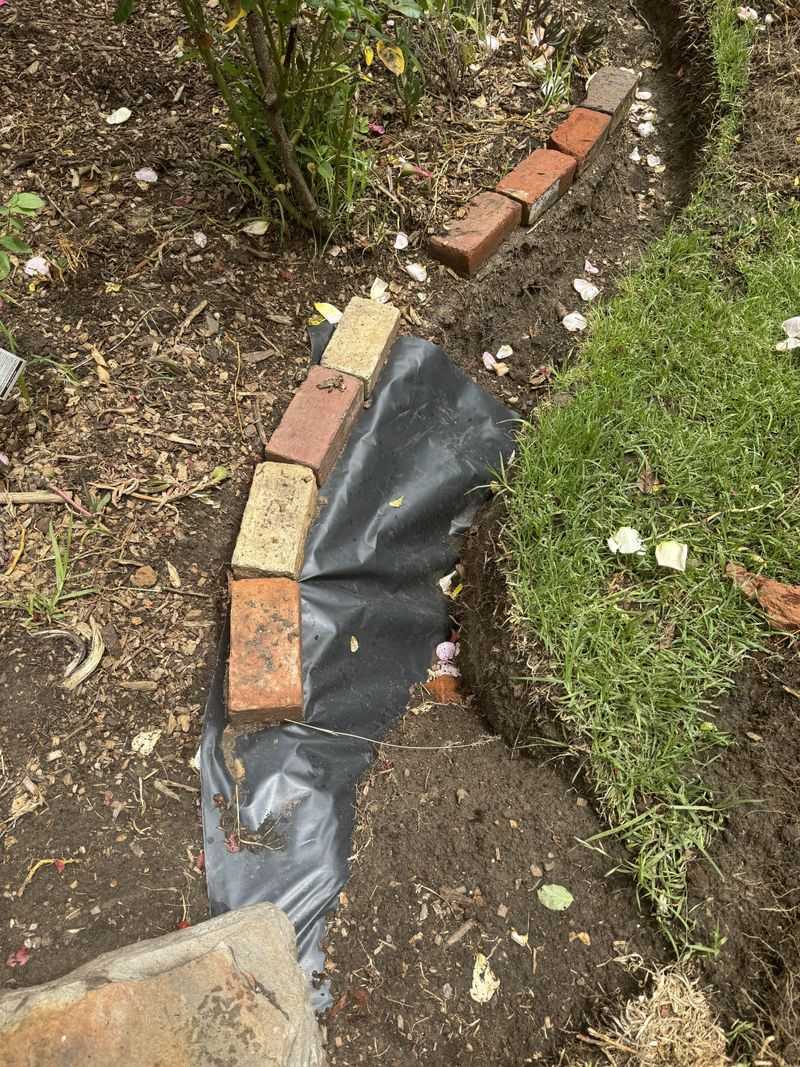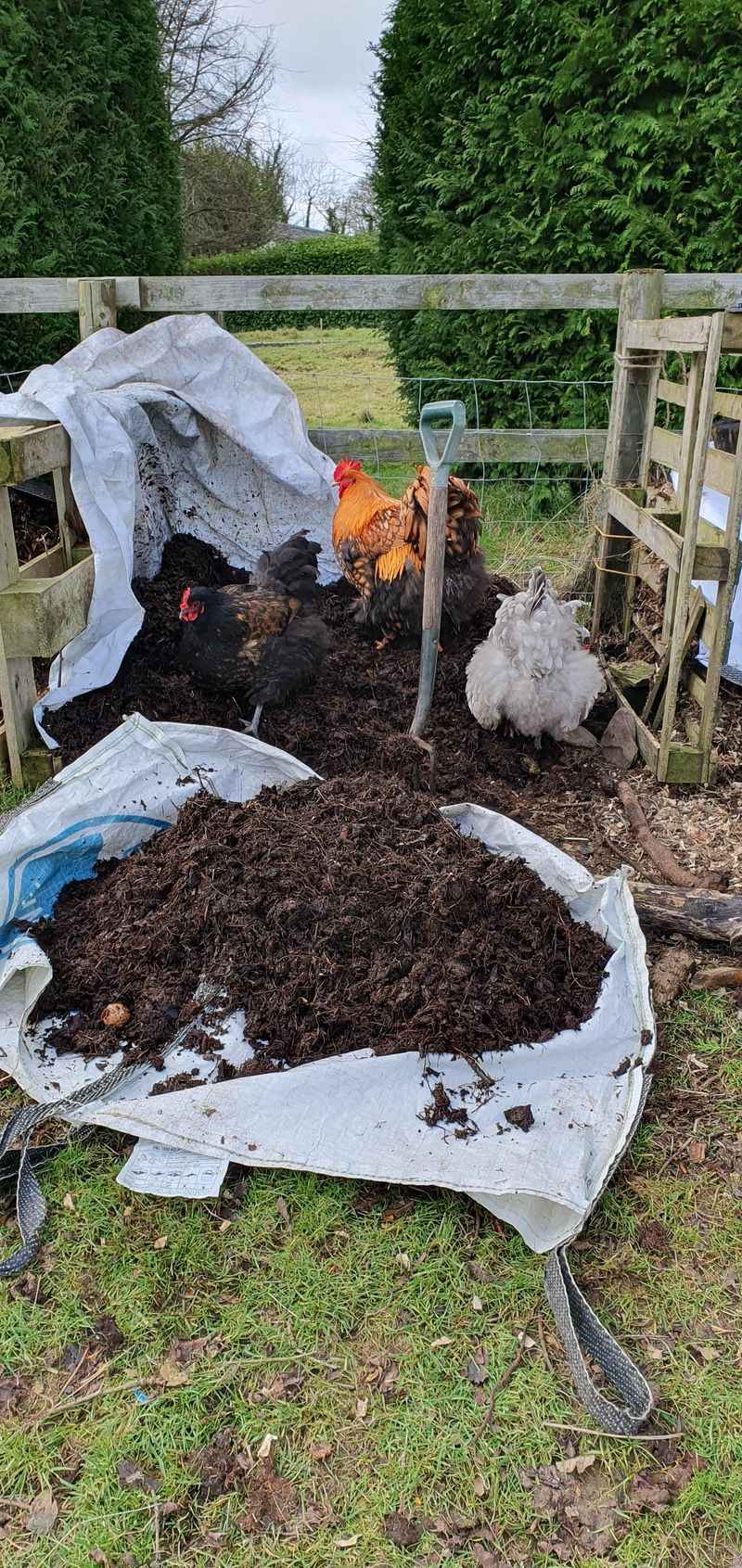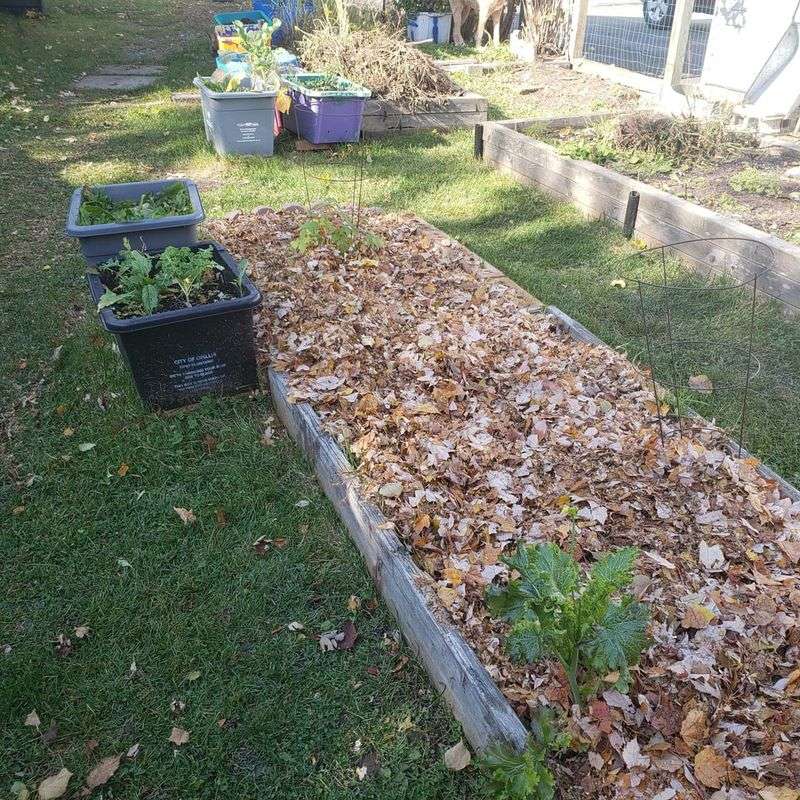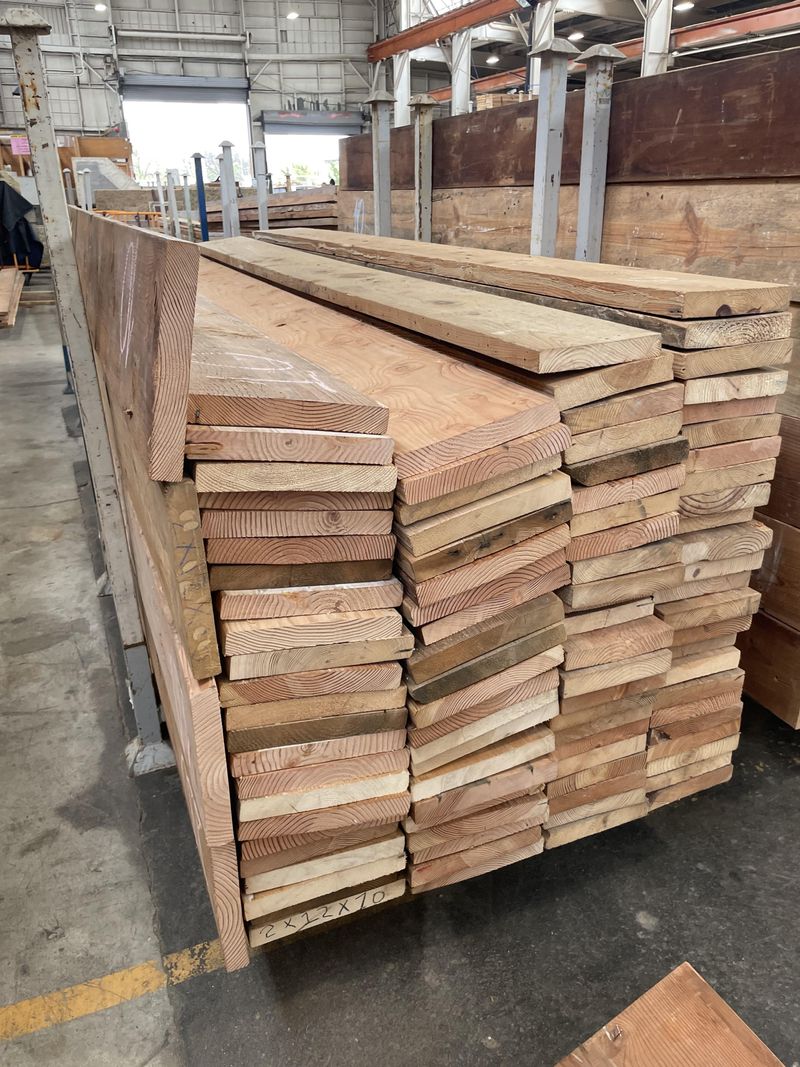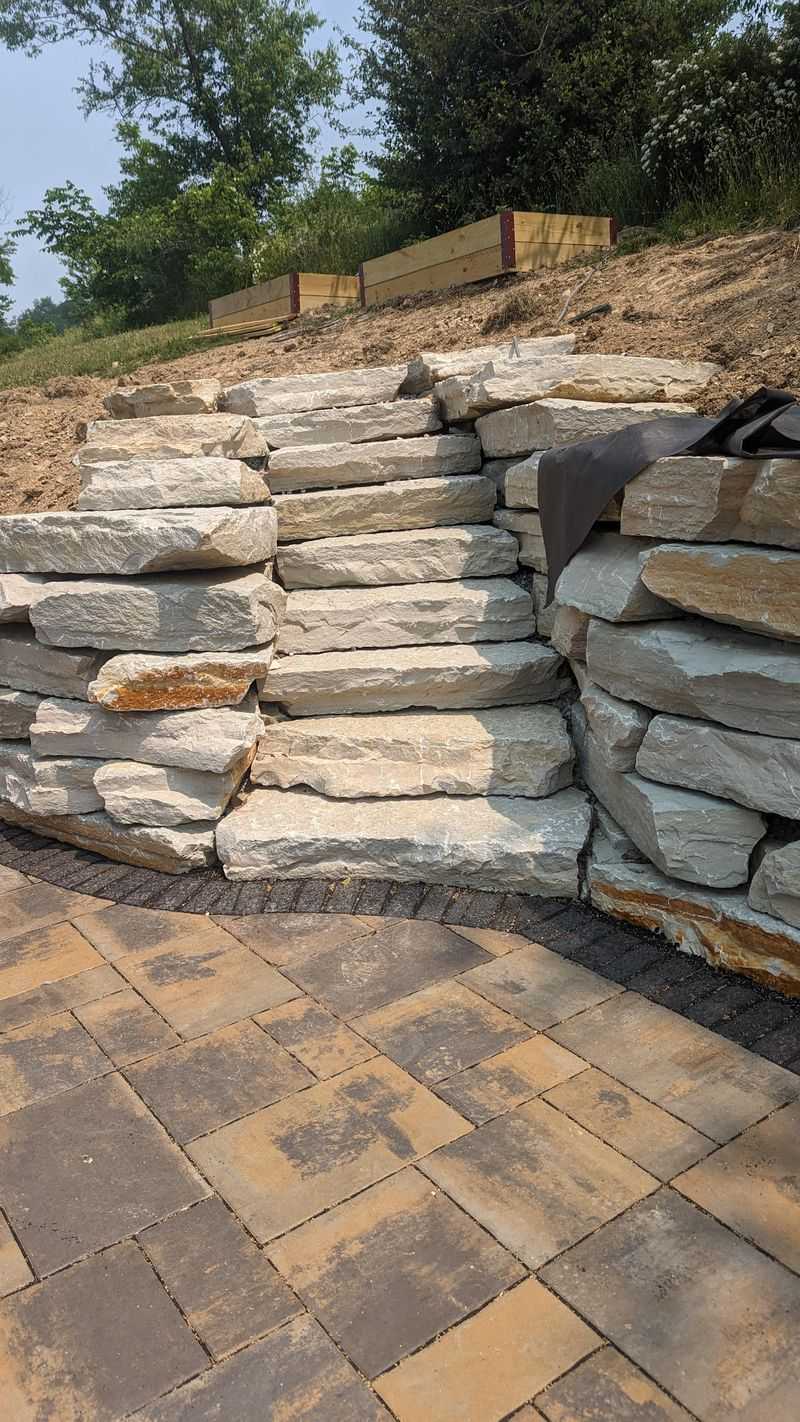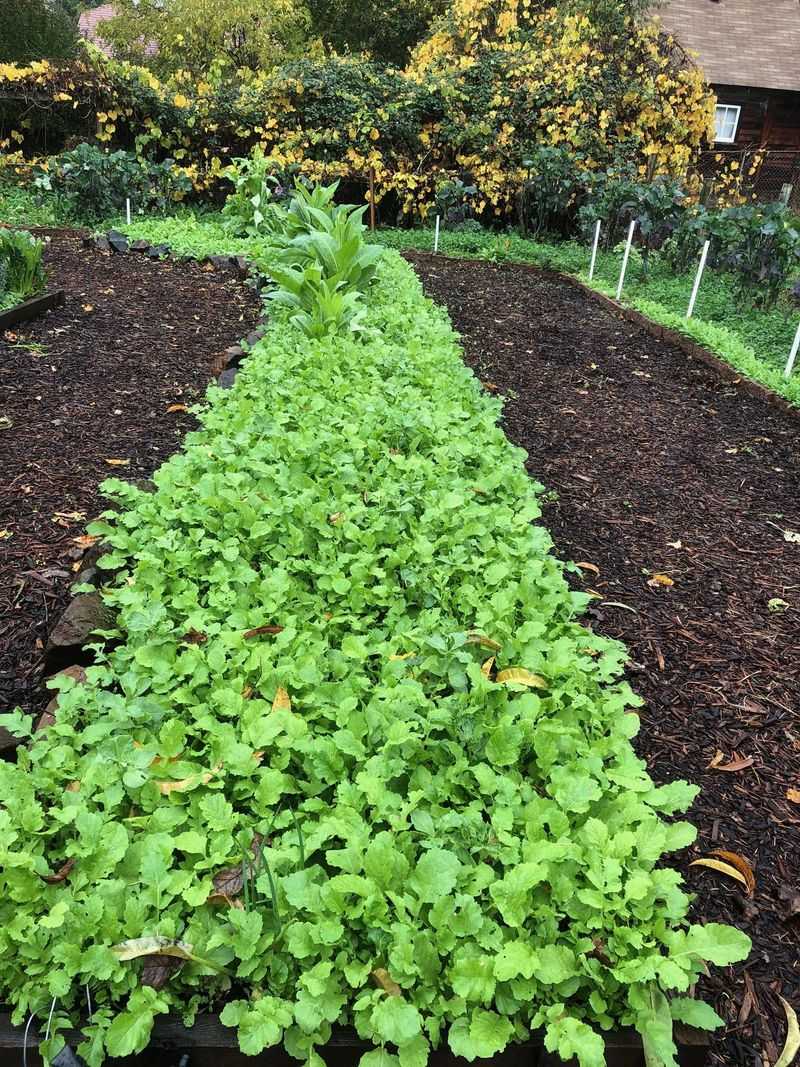Some plants look great but secretly mess with your soil—and I found out the hard way. These common landscape staples might seem harmless, but over time, they can drain nutrients or even block other plants from thriving.
I had no idea a few of mine were causing so much trouble beneath the surface. If you’re dealing with poor plant growth or patchy spots, this list might explain why.
I’ll also share better options that keep things looking good without wrecking your garden.
1. Chemical Fertilizers
Those blue crystals promising lush lawns deliver quick results but at a steep cost. They create dependency cycles where plants need increasing amounts to perform, similar to a caffeine addiction.
Chemical fertilizers kill beneficial soil microorganisms that naturally support plant health. Over time, soil becomes compacted and lifeless, requiring even more synthetic inputs to maintain growth. Salt buildup from these products can also prevent plants from properly absorbing water.
2. Peat Moss
Gardeners love this moisture-retaining amendment, not realizing it comes from irreplaceable peat bogs that take thousands of years to form. Harvesting destroys critical carbon sinks that help regulate our climate.
When removed from bogs, peat releases massive amounts of stored carbon dioxide into the atmosphere. Using peat in gardens contributes to habitat destruction for rare plant and animal species. Its popularity has led to the devastation of 94% of the UK’s natural peatlands.
3. Pressure-Treated Wood
Those green-tinted lumber pieces used for raised beds and borders contain copper azole or other chemicals that leach into soil. The preservatives that make the wood last longer are the same ones contaminating your growing area.
Plants growing near treated wood can absorb these chemicals through their roots. Heavy metals accumulate in garden soil over years, creating toxic conditions. Even newer treatments, while better than the banned arsenic versions, still introduce unwanted compounds into your food-growing environment.
4. Synthetic Mulch
Plastic landscape fabric and rubber mulch might seem like low-maintenance solutions, but they create serious problems below the surface. These materials prevent the natural exchange between air and soil that healthy root systems require.
Synthetic mulches break down into microplastics that permanently contaminate soil. They block earthworms and beneficial insects from performing their soil-building activities. As they deteriorate under UV exposure, these products become increasingly difficult to remove, leaving fragments that persist for decades.
5. Herbicides
Weed killers might eliminate unwanted plants, but they don’t discriminate between harmful and beneficial soil organisms. The residual chemicals persist much longer than most gardeners realize.
Many common herbicides disrupt the mycorrhizal fungi networks that help plants access nutrients. These products can remain active in soil for months or even years after application. Some studies link herbicide use to decreased earthworm populations, which are essential for healthy soil structure and organic matter breakdown.
6. Non-Native Plants
Exotic ornamentals might catch your eye at the garden center, but many require resources unsuited to your local environment. These plants often need extra water, fertilizer, and pest control to survive where they don’t naturally belong.
Non-natives frequently lack relationships with local pollinators and beneficial insects. Some escape cultivation and become invasive, disrupting natural ecosystems. Native soil organisms may not recognize or properly interact with foreign plant root systems, leading to poor nutrient cycling.
7. Rubber Playground Mulch
Recycled tire pieces might seem eco-friendly for play areas, but they leach zinc, petroleum compounds, and other chemicals into soil. Summer heat accelerates this contamination process as rubber breaks down.
Heavy metals from rubber mulch can migrate through soil into nearby vegetable gardens. The petroleum-based compounds inhibit plant growth and soil microbial activity. Unlike organic mulches, rubber doesn’t decompose into beneficial components – it just breaks into smaller, more problematic pieces that persist for decades.
8. Pesticides
Bug sprays targeting garden pests also eliminate the beneficial insects that build healthy soil. A single application can disrupt the delicate underground ecosystem for months.
Pesticides kill the predatory insects that naturally control pest populations, creating dependency cycles. Many common formulations reduce earthworm populations by 60-90% in treated areas. The chemicals can also harm mycorrhizal fungi networks that help plants access nutrients and water, essentially disconnecting plants from the soil web.
9. Synthetic Lawn Fertilizer
Perfect green lawns often come at the expense of soil health due to high-nitrogen quick-release formulations. These products create flush growth followed by stress periods, weakening grass over time.
Synthetic lawn products often contain weed preventers that also inhibit beneficial soil organisms. The salts in these fertilizers can burn earthworms and disrupt the soil food web. Many lawn-specific formulations are designed to maximize blade growth while neglecting root development, creating shallow-rooted turf dependent on constant chemical inputs.
10. Plastic Edging
Those convenient black plastic borders create unnatural barriers that prevent root growth and water movement through soil. As they age and crack, small fragments break off into surrounding soil.
Plastic edging heats up in summer, cooking nearby roots and soil organisms. The impermeable barriers prevent beneficial insects and earthworms from moving freely through garden areas. As microplastics accumulate in soil from degrading edging, they can be taken up by plants and enter the food chain.
11. Compost
Kitchen scraps, yard waste, and even manure transform into black gold for your garden through natural decomposition. This miracle soil amendment improves structure, water retention, and nutrient availability without harmful chemicals.
Compost introduces beneficial microorganisms that create living soil. Unlike synthetic fertilizers, it releases nutrients slowly as plants need them. Good compost improves soil’s ability to store carbon, helping fight climate change while growing healthier plants with stronger natural defenses against pests and disease.
12. Mulched Leaves
Fall’s colorful bounty isn’t yard waste – it’s free fertilizer! Shredded autumn leaves create protective mulch that breaks down into perfect soil food.
Leaf mulch suppresses weeds naturally while conserving soil moisture. As earthworms pull leaf particles down, they create channels that improve soil aeration and drainage. The slow decomposition feeds soil life throughout the seasons, releasing nutrients gradually without the boom-and-bust cycle of chemical fertilizers.
13. Untreated Wood
Cedar, redwood, oak and other naturally rot-resistant woods offer chemical-free alternatives for garden structures. Their natural oils and tannins provide protection without contaminating soil.
Untreated wood eventually breaks down, adding organic matter to surrounding soil. Many local and reclaimed options reduce environmental impact compared to pressure-treated alternatives. Though they may not last as long as chemically preserved wood, the soil benefits and lack of toxicity make them worth the trade-off for food gardens.
14. Natural Stone
Limestone, granite, and fieldstone create beautiful, permanent garden features without chemical concerns. These materials weather naturally, sometimes releasing beneficial minerals into surrounding soil.
Stone borders allow for natural water movement and root growth between pieces. Unlike plastic or treated wood alternatives, stones don’t leach harmful compounds into soil. Local stone options reduce transportation environmental impacts while providing unique regional character to your landscape design.
15. Cover Crops
Clover, buckwheat, and other cover crops transform empty garden spaces into soil-building powerhouses. Their roots break up compaction while their leaves protect soil from erosion and temperature extremes.
Many cover crops fix nitrogen from the air, naturally fertilizing soil for free. Their flowers feed beneficial insects that help control garden pests. When cut down and left as mulch, cover crops return organic matter to the soil, improving its structure and water-holding capacity without any purchased amendments.

